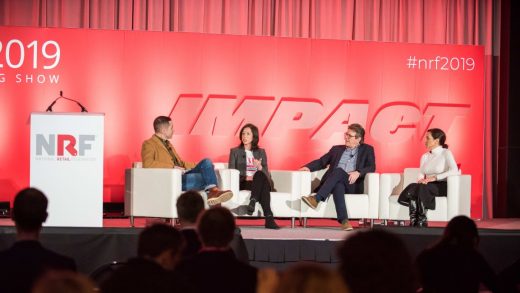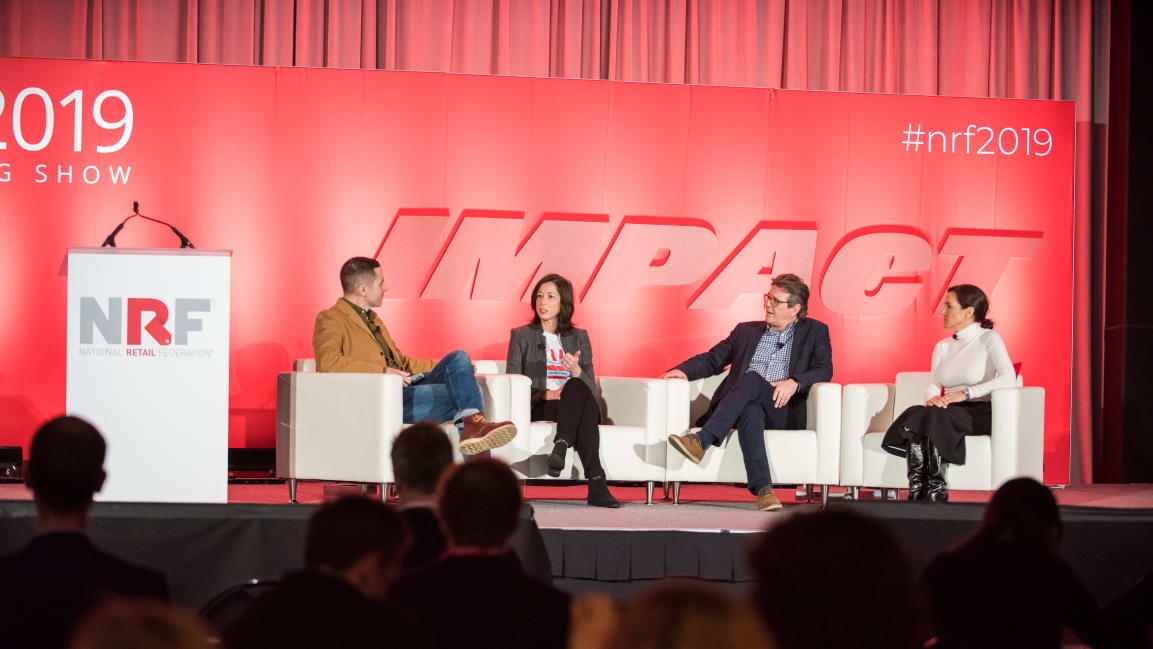Business is good
Nowadays, it’s not tough to find examples of companies taking an active stand on a variety of issues. Dick’s Sporting Goods stopped selling automatic weapons in the wake of the Parkland, Florida, massacre. Patagonia advocates for the protection of public lands. Google, Apple, and other tech companies have spoken out against the Muslim travel ban. And Nike launched a major ad campaign around the ousted San Francisco 49ers quarterback Colin Kaepernick.
Over the past few years consumer research has borne out this burgeoning social consciousness on the part of brands. Accenture Strategy’s global surveyof nearly 30,000 people, released in December, found that 62% of consumers want companies to take a stand on current and broadly relevant issues, such as sustainability, transparency, and fair employment practices. That corresponds to a new surveyfrom Weber Shandwick, which shows that 59% of communications and marketing executives spend more time discussing and planning for executive and brand activism than in past years, while 67% say it has a positive impact on their company’s reputation.
Just as individual people define their own mission, beliefs, and values—as well as how to express and support them—so, too, do companies and corporations.At a recent panel at the National Retail Federation’s annual Big Show conference in New York City, cosponsored by Fast Company, executives from Unilever, Salesforce, and Toms Shoes gathered to discuss “The Anatomy of a Mission-Driven Organization.” The panelists shared their thoughts on what a “mission-driven organization” actually means, how it plays a role in the day-to-day operations of their companies, and where this movement is heading.
UNIQUE. AUTHENTIC. INTENSE
Amy Smith, Toms Shoes’ chief giving officer, says the two most important terms that define a mission- or purpose-driven company are uniqueand authentic. “You really have to take those words seriously and think about what those mean for your brand and what you’re trying to accomplish,” Smith told the assembled crowd. “Everyone in the company is responsible for a piece of that and has a role to play, whether you’re in finance and you’re making sure the numbers all add up, or you’re in the giving department—which I run—and you are responsible for ensuring that that mission can move forward and that everyone feels a part of it.”
Jostein Solheim was the CEO of Ben & Jerry’s for eight years before moving to Unilever as its executive vice president of food and refreshment last year. Since 2010, Unilever has been implementing a comprehensive Sustainable Living Plan across its sizable roster of brands that pledges to double the corporation’s business while cutting its environmental footprint in half.”You have to aim to do something bigger than just selling more products,” says Solheim, who led Ben & Jerry’s vocal support of issues like the Black Lives Matter movement, holding internal workshops on structural racism, and joining the COP21 climate conference.
According to Solheim, reach—telling as many people as possible about the performance and the price of a product—used to be the most valuable marketing metric. Now, he says, companies need to re-evaluate the focus of their marketing efforts, “As we’re moving into our mission-led values, in which we’re aligning our values with the values of the citizens—the consumers of our products—I think intensityis much more important than reach,” Solheim said. “At Ben and Jerry’s we used to say if nobody got angry, you didn’t take a stand. Because it’s got to be polarizing—if somebody’s going to love it, somebody is going to hate it.So intensity becomes much more of a driver than that breadth of awareness in this world.”
MORE THAN A SLOGAN
For years, Salesforce has been donating its software to nonprofits; awarding grants to organizations that work in early childhood education, youth technology initiatives and workforce training; and volunteering its employees’ hours through the company’sPledge 1% initiative, as well as encouraging other companies to join it.Chief Marketing Officer Stephanie Buscemi cited research that says people believe companies have a responsibility to improve the state of the world. “We fundamentally believe that as a company,” Buscemi told the panel. “The more cynical side of me would say that in the political circus we live in right now in North America, businesses must stand up more than ever and help shape and support positive change socially, economically, and through environmental issues.”
One significant key to being able to speak out and stand up with integrity on any given issue is to ensure that it’s not just a marketing slogan, or detached from the daily business of the company. “A lot of times it gets tucked away in a department and there isn’t a feeling that everyone owns it,” Buscemi says. In 2016, Salesforce hired Tony Prophet as its first-ever chief equality officer. “Tony became a beacon to signal that this was something we were going to talk about every single day, that it was going be important, and we were going to have transparency and visibility. Tony was not going to build every program, and manage and execute everything; Tony’s job was to evangelize the company to do that.”
At the end of the day, businesses still must perform in order to have influence and make an impact with its mission. Solheim says Unilever is seeing measurable results. In an evaluation of the company’s portfolio of hundreds of brands, they saw that the clearly purpose- and mission-led ones distinctly outperformed the others on all financial metrics. “A lot of people think, all these things cost money—and they do. But if people are truly engaged with your product and your brand, [then] you know you have a loyal following, and the actual bottom-line return is also there.”
For Toms’ Smith, the connection brands make to people transcends the product itself or any sales transaction. “You’re giving your customer a purpose to root for you,” she said. “You’re giving your customer a purpose, a reason to fall in love with you, to defend you, be part of it, [and you] create an emotional connection with them. All those things happen when you have this purposecomponent.”
This article was created for and commissioned by the National Retail Federation.
(12)



